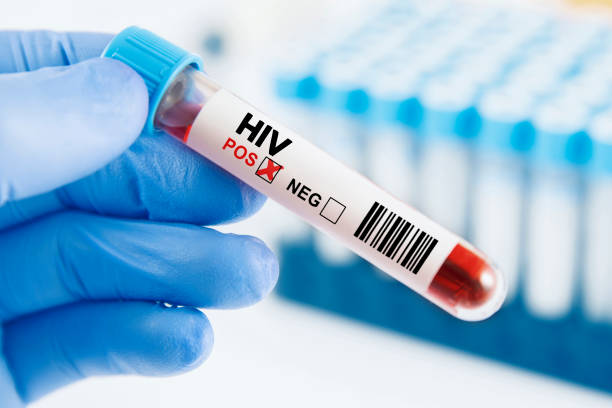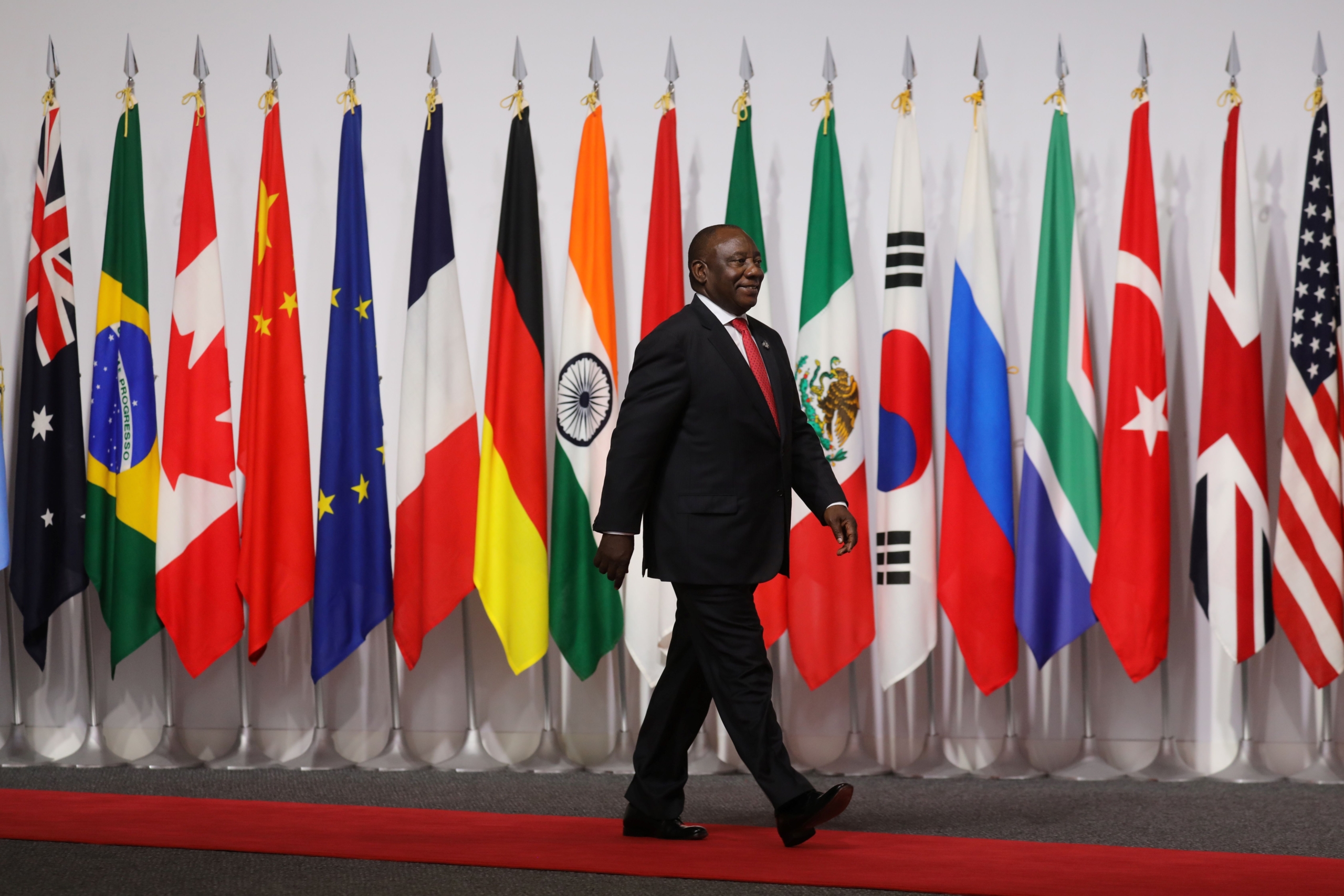Introduction
The United States has changed its PEPFAR strategy in a move that surprised health communities around the world. South Africa, the country with the highest number of people living with HIV, has been removed from the priority list. This creates serious concern among clinics, outreach workers, civil society, and global health experts. The HIV Crisis grows when long term support becomes uncertain. Treatment programs depend on stable funding. Prevention efforts rely on reliable resources. A sudden policy shift affects every part of the system. Leaders in South Africa and international organizations are calling for urgent review. The future of HIV control in the region now depends on the decisions made in the coming months.
HIV Crisis and Sudden Policy Redirection
The HIV Crisis is shaped by long term public health planning. PEPFAR has been a central pillar of HIV support in South Africa for many years. The new policy centers on strengthening ties with political allies instead of focusing on countries with the highest disease burden. This change disrupts the structure that created major global health gains. South Africa holds about 8 million people living with HIV. Removing the country from the priority list affects national supply chains, lab networks, community outreach programs, and training systems. Health experts say the decision ignores epidemiological reality. They warn that funding uncertainty can reduce treatment stability and increase the risk of new infections.
HIV Crisis and Treatment Risks for Patients
Millions of South Africans rely on consistent access to antiretroviral therapy. When funding is reduced, the continuity of this medicine becomes fragile. The HIV Crisis becomes more severe when drug delivery slows or stock shortages appear. Treatment breaks create drug resistance. Resistant forms of HIV are harder to treat. They require more advanced and costly therapy. Some clinics in rural regions may reduce operating hours or staff numbers if resources decline. Patients who travel from remote areas may face new barriers. Even a short disruption affects health outcomes. Delayed testing also increases the number of undiagnosed cases, which raises long term spread.
HIV Crisis and Community Program Decline
Community organizations play an important role in HIV prevention. They host education events, youth programs, mobile testing, and awareness drives. Many depend on PEPFAR funding. When support is removed, these programs shrink. The HIV Crisis affects young women, teenagers, and low income families first. Outreach teams may reduce visits. Youth centers may limit activities. Prevention tools may become less available. Community leaders warn that these changes will weaken trust between local populations and the health system. Strong community programs reduce the spread of HIV. Once these programs weaken, new infections rise quietly and quickly.
HIV Crisis and Pressure on Healthcare Workers
HIV programs employ many people in South Africa. Nurses, counselors, educators, data staff, and laboratory teams depend on stable resources. When funding becomes uncertain, the pressure on this workforce increases. The HIV Crisis expands when staff are overworked or under supported. Some may lose jobs. Others may struggle to meet higher work demands. Reduced staffing affects appointment availability, counseling access, and lab turnaround time. A strong workforce is essential to maintain national HIV progress. Once the health system loses capacity, rebuilding takes time. The impact can be felt for many years.
HIV Crisis and Diplomatic Disagreements
The decision to remove South Africa from the priority list has created diplomatic tension between the two countries. South African leaders say they were not informed or consulted before the policy shift. They argue that global health decisions should be based on scientific evidence. The HIV Crisis has shaped international partnerships for more than two decades. When major donors change course without dialogue, trust becomes strained. Some US lawmakers disagree with the new direction. They claim that ignoring high burden regions increases global health risk. The debate highlights a growing divide in how global health priorities should be set.
HIV Crisis and National Economic Effects
A strong HIV program protects national productivity. When people stay healthy, they work, earn income, and support their families. When treatment becomes unstable, economic challenges rise. The HIV Crisis affects households first. Missed doses can lead to health decline. This increases time away from work. Families may face higher medical expenses. Public hospitals may see more emergency cases. South Africa invested heavily in building a strong HIV system. Lowering support threatens this investment. The financial pressure shifts to the national government and local clinics. This reduces resources for other essential services.
HIV Crisis and the Future of Research
South Africa plays a major role in global HIV research. The country hosts vaccine studies, new treatment trials, and long term cohort projects. Many research collaborations depend on PEPFAR support. When funding weakens, projects may slow or pause. The HIV Crisis grows when scientific progress slows. Global experts rely on South African data to study patterns of resistance, treatment success, and prevention impact. Reduced research limits innovation. It delays new solutions. It weakens global understanding of HIV trends. Many scientists warn that the long term impact could reach beyond Africa.
HIV Crisis and Global Reactions
The PEPFAR shift has generated strong public response. Activists launched campaigns on social platforms. The hashtag #SavePEPFAR spread globally. Health workers, youth groups, and civil society organizations raised concerns. They argue that the decision does not match public health needs. The HIV Crisis becomes more visible as clinics and community groups share their challenges. Global organizations are preparing evidence to show the impact of the funding cut. They hope policymakers will reconsider the direction. The pressure from the public continues to grow.
FAQs
Q1. How does the PEPFAR change affect the HIV Crisis in South Africa?
It weakens treatment stability, reduces prevention programs, and increases long term risk.
Q2. Why are health workers worried about the HIV Crisis?
They fear job losses, limited resources, and higher pressure on clinics.
Q3. Can the HIV Crisis improve if support returns?
Yes. Stable international support strengthens treatment and prevention systems.
Conclusion
The HIV Crisis in South Africa remains a major global health challenge. The new PEPFAR direction creates uncertainty for treatment programs, community outreach, and long term planning. South Africa carries the world’s highest number of HIV cases, which makes stable support essential. The future of HIV control depends on strong cooperation and evidence based policy. Decisions made now will shape health outcomes for millions.




